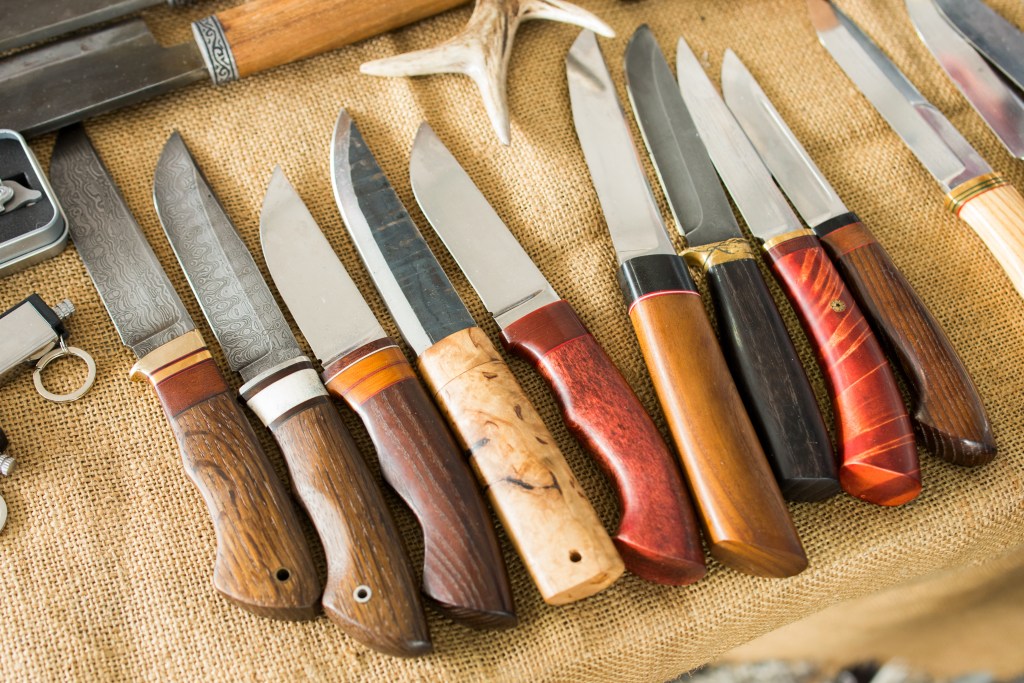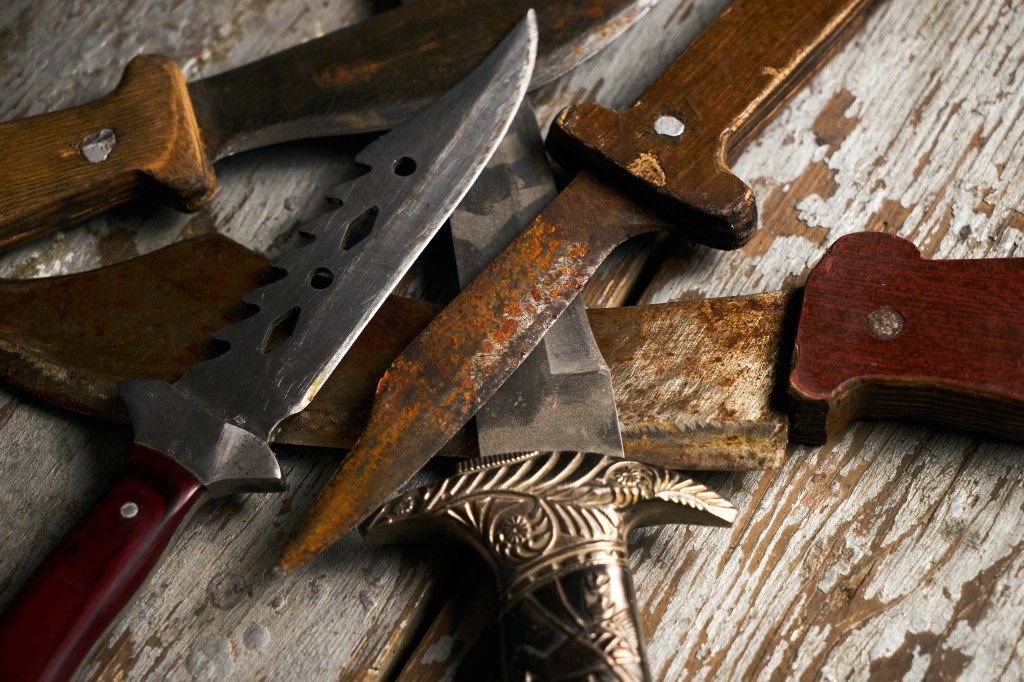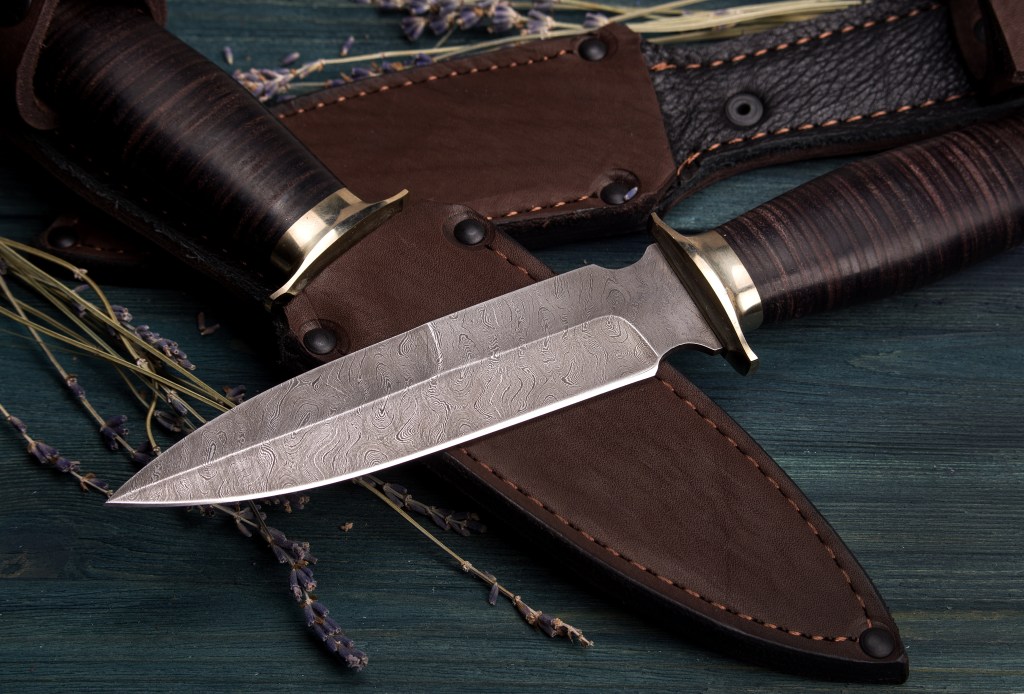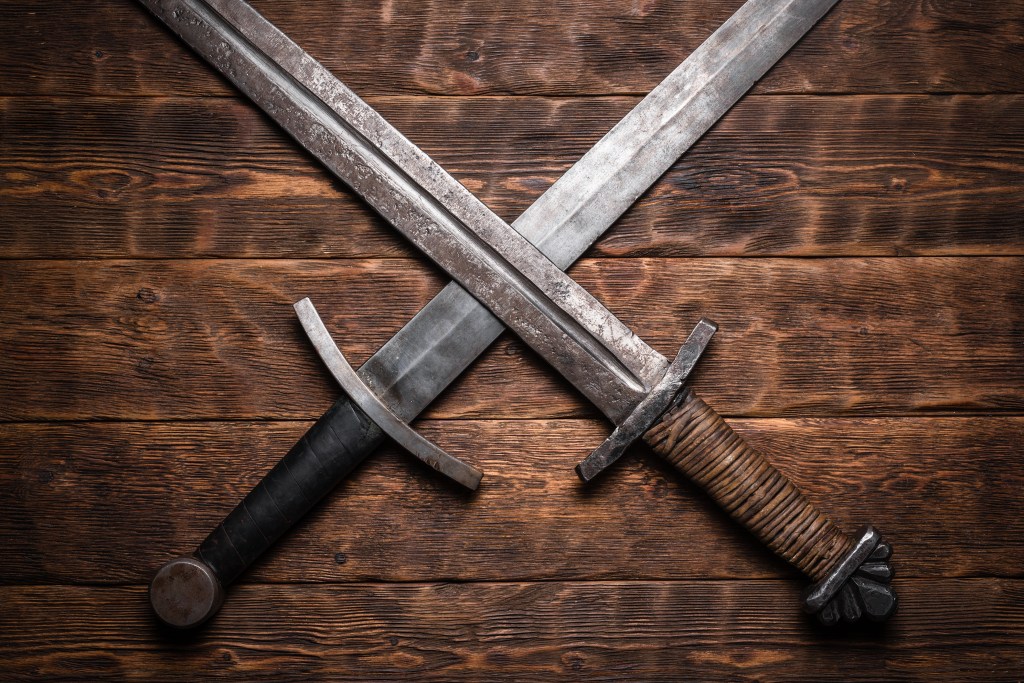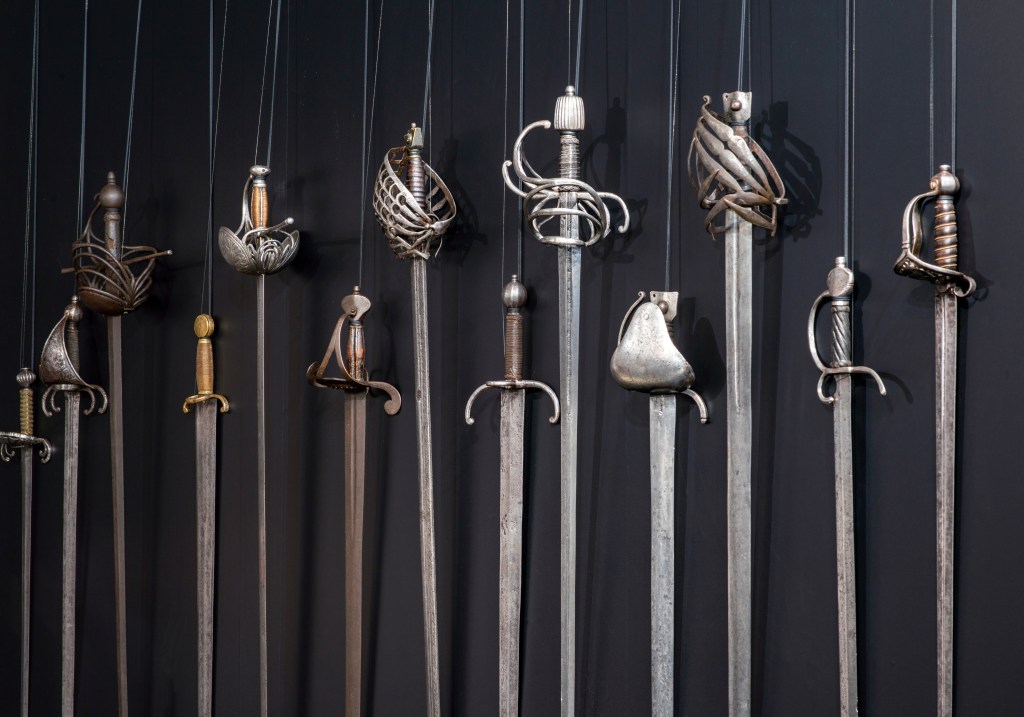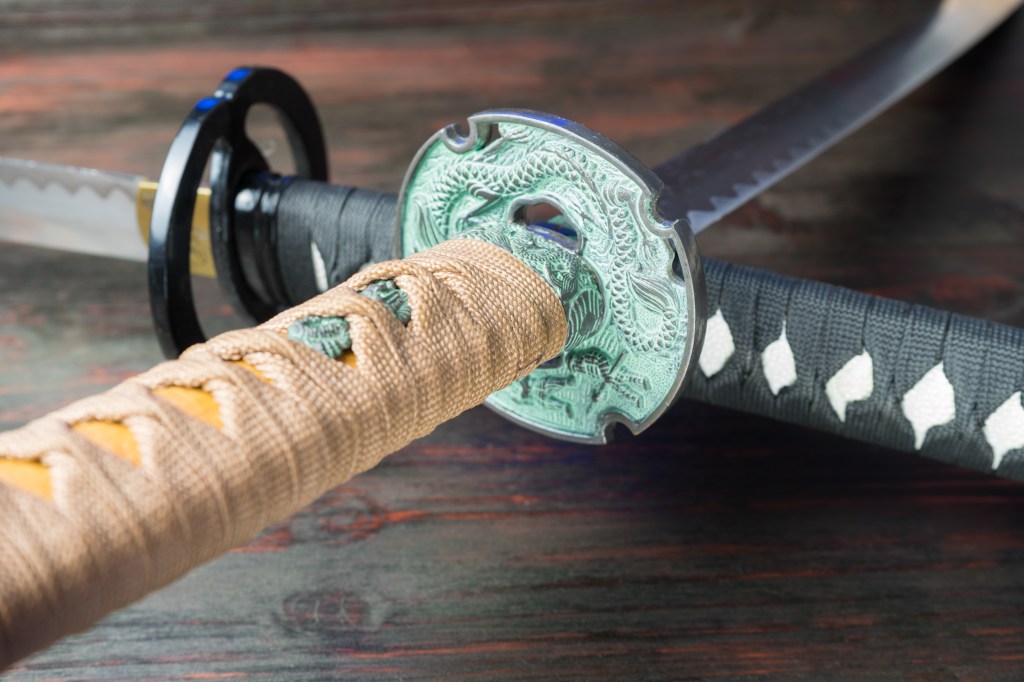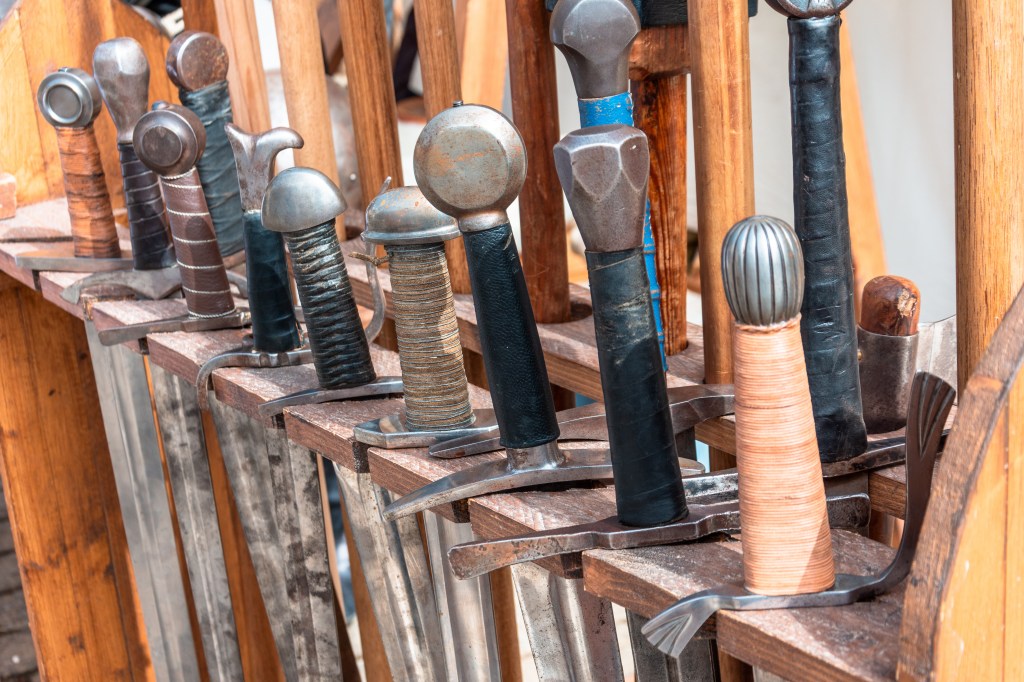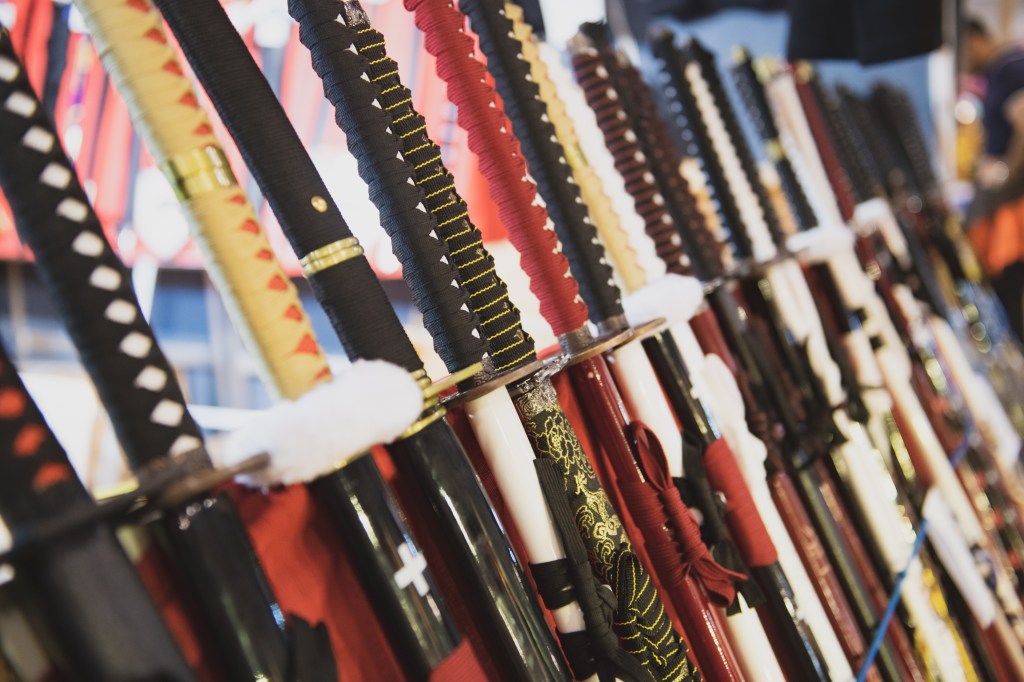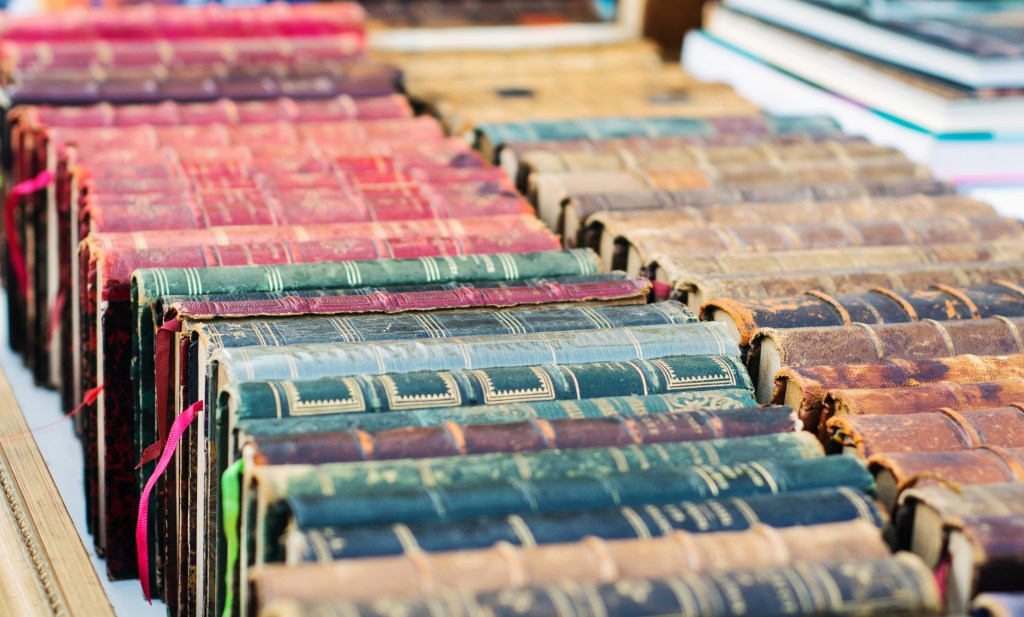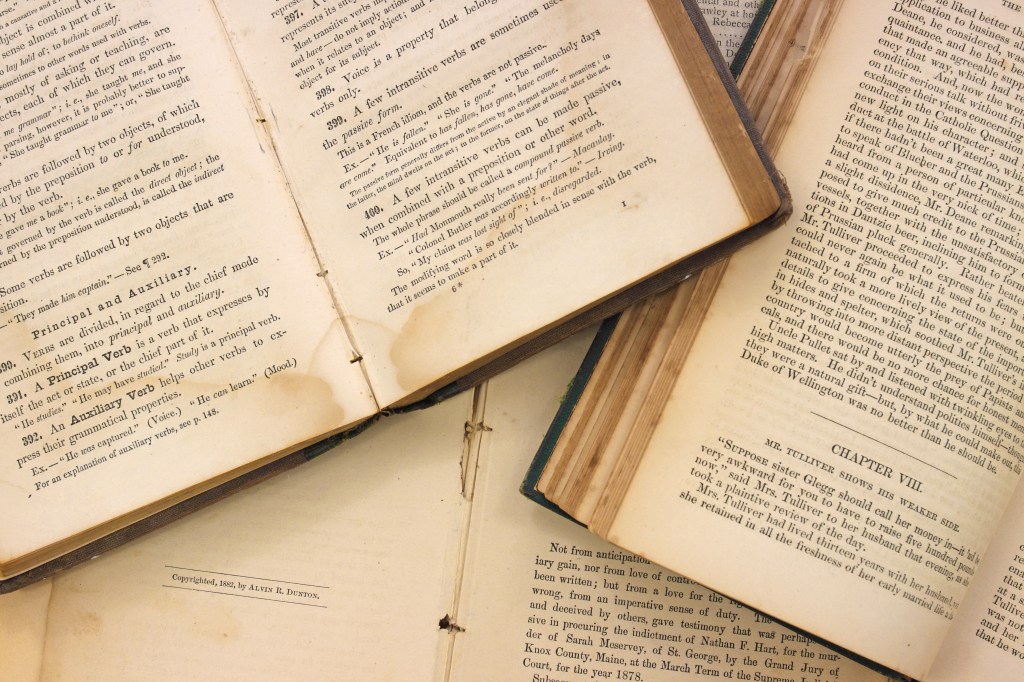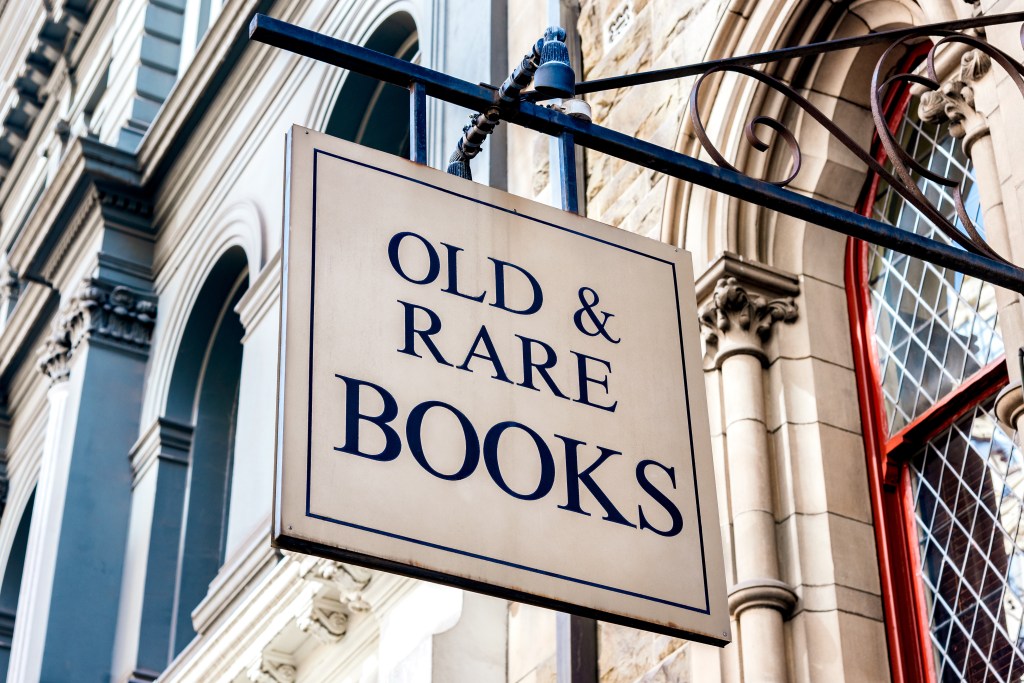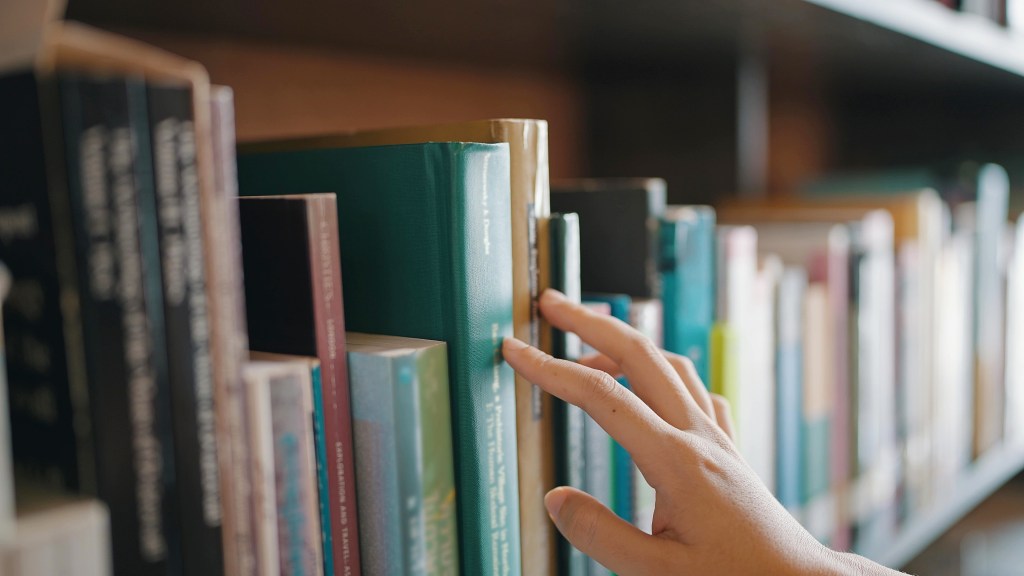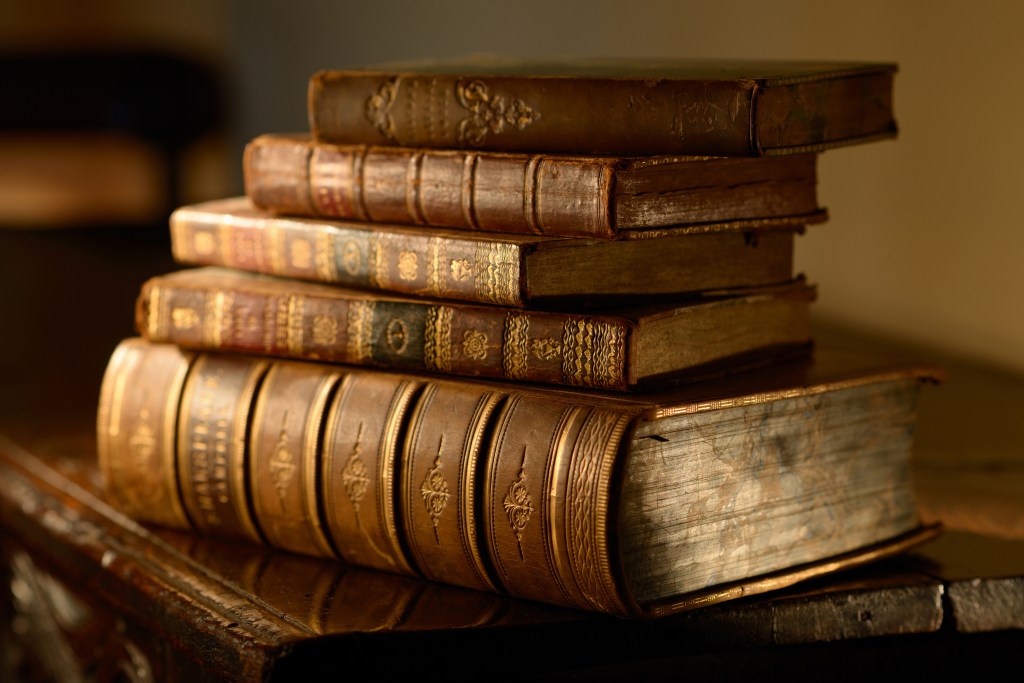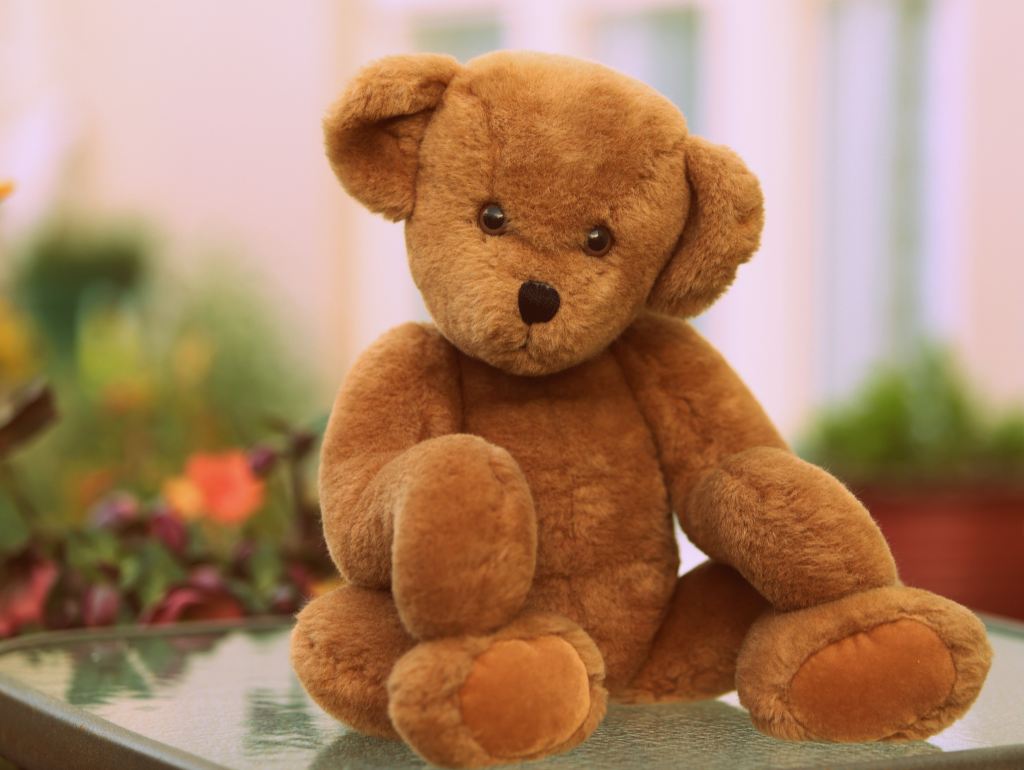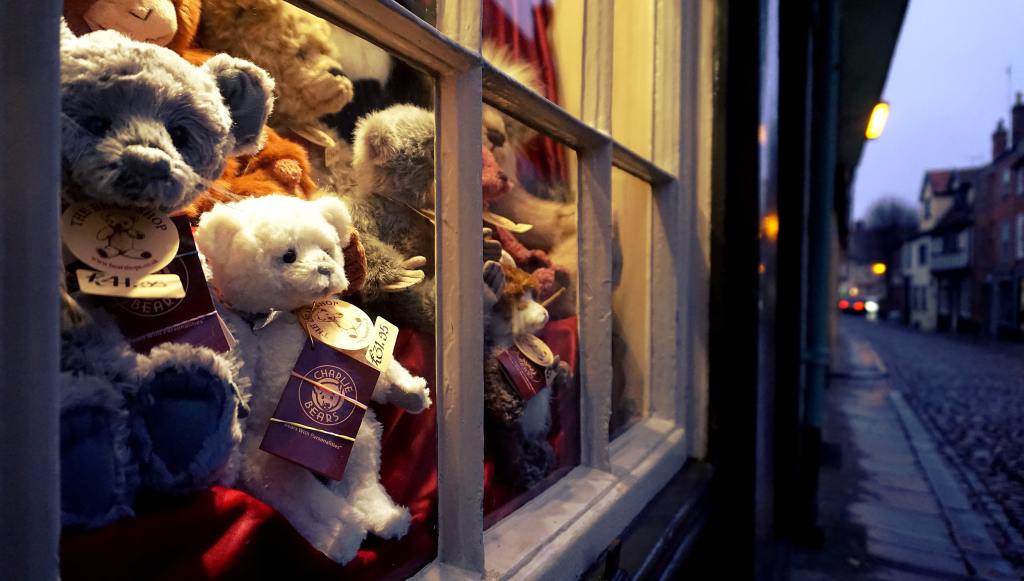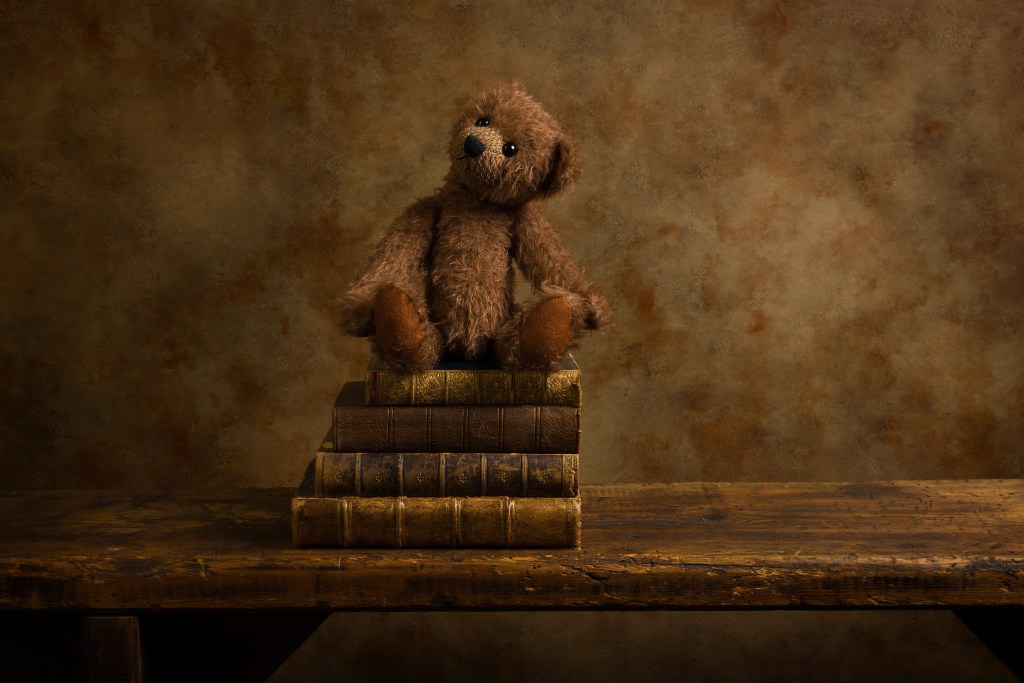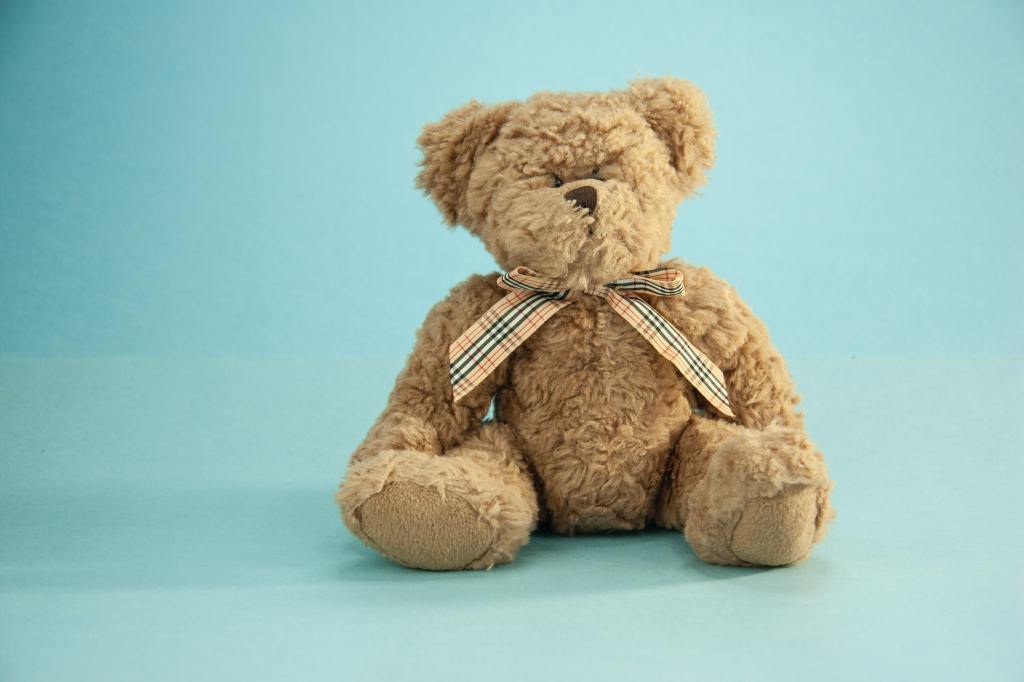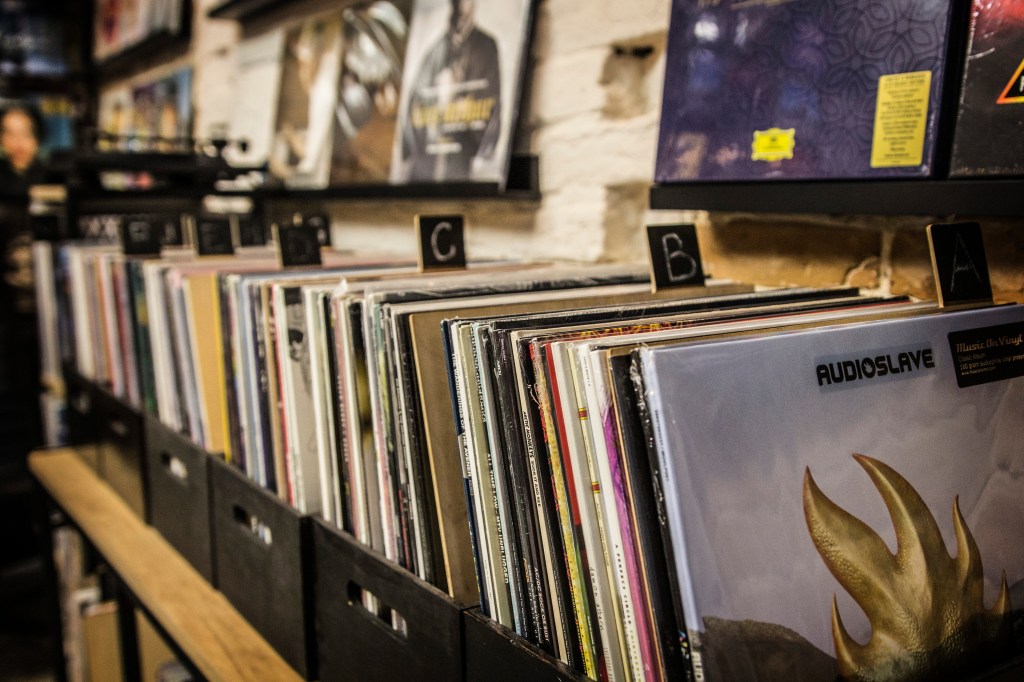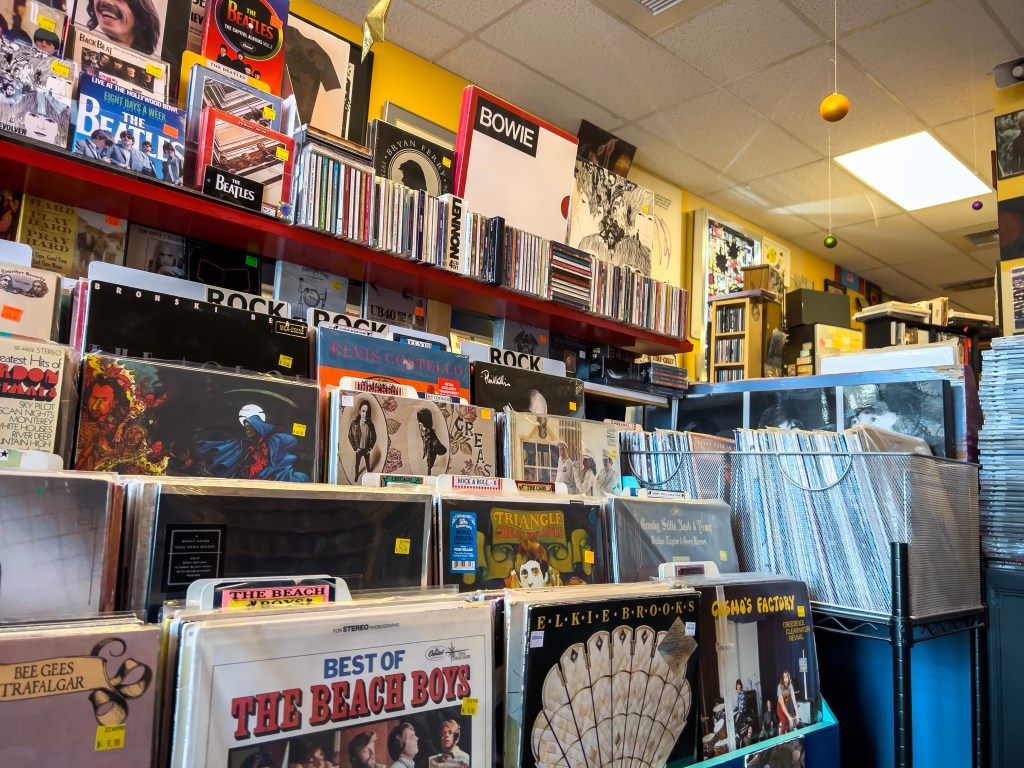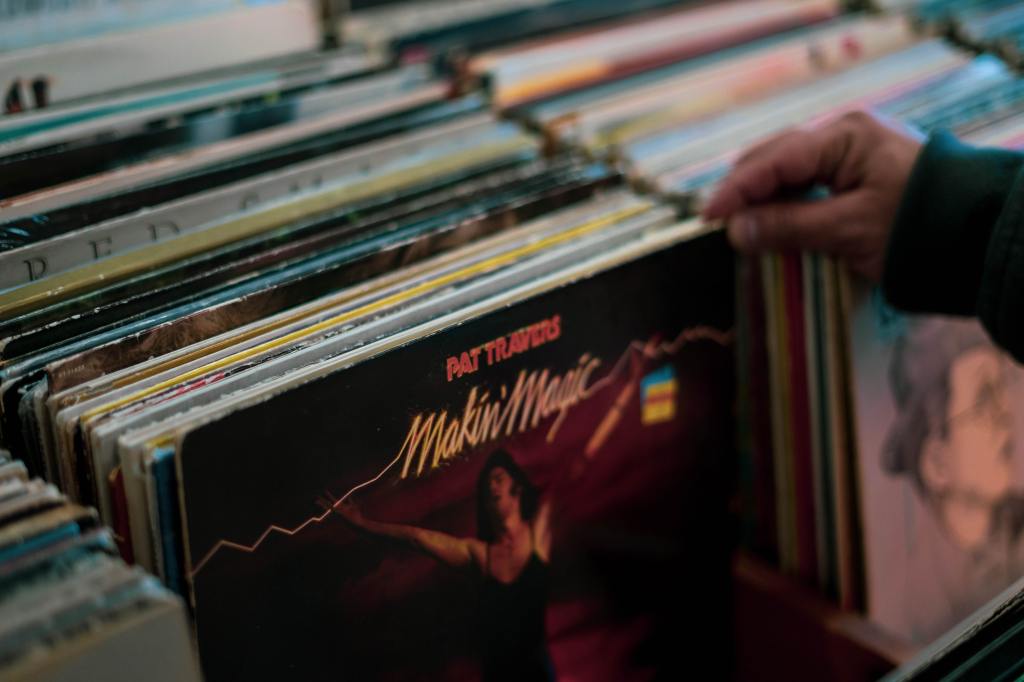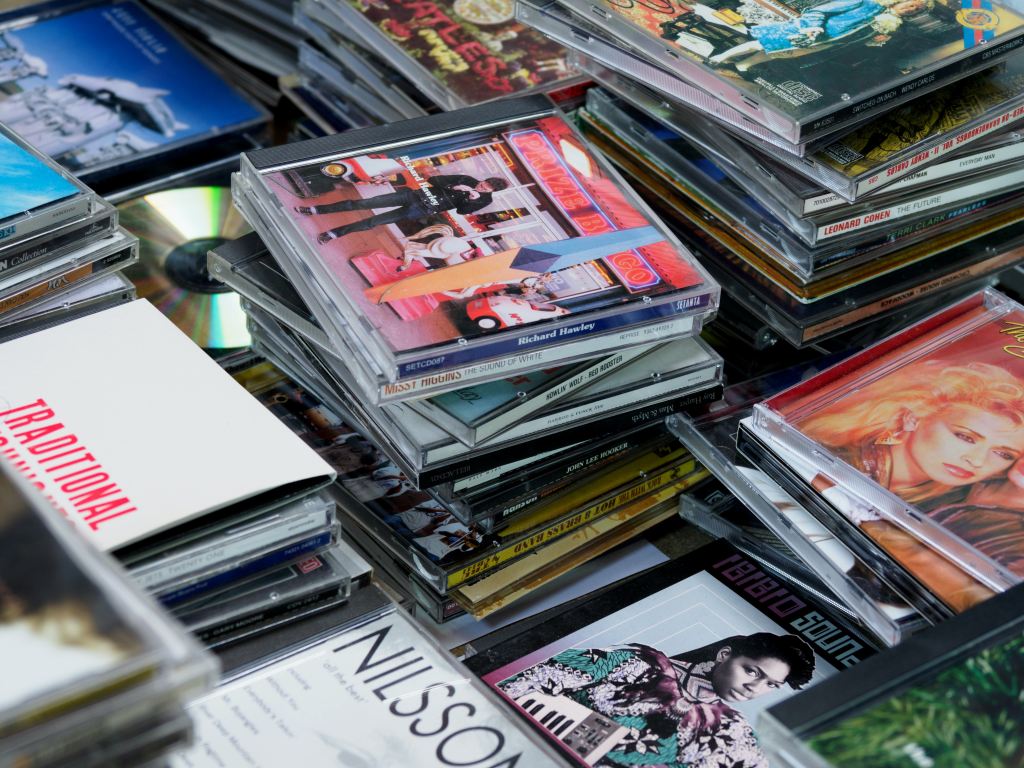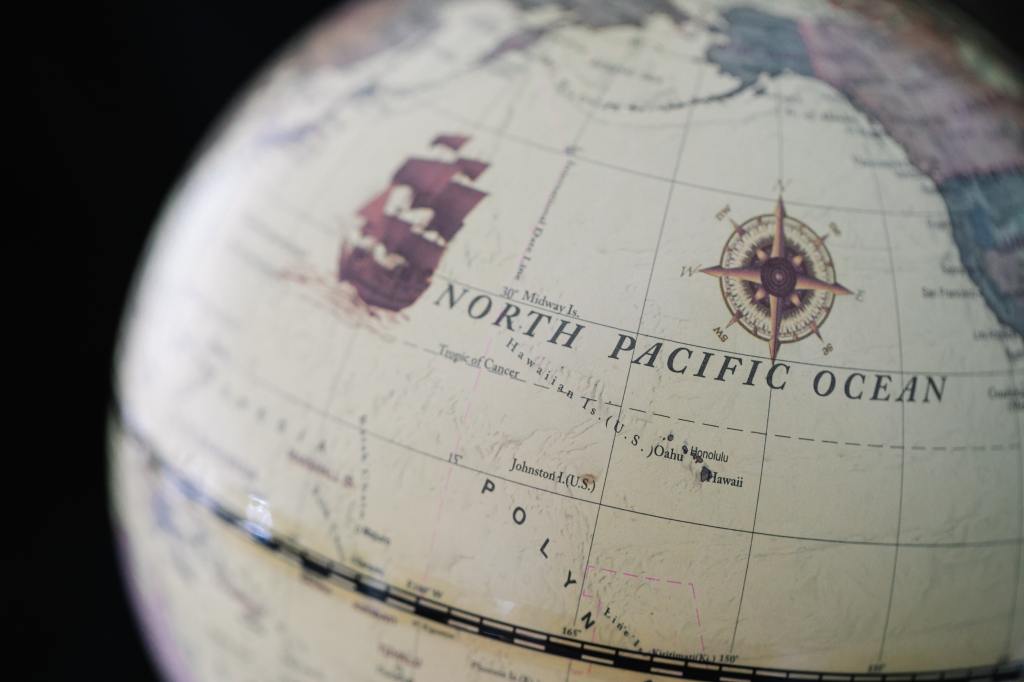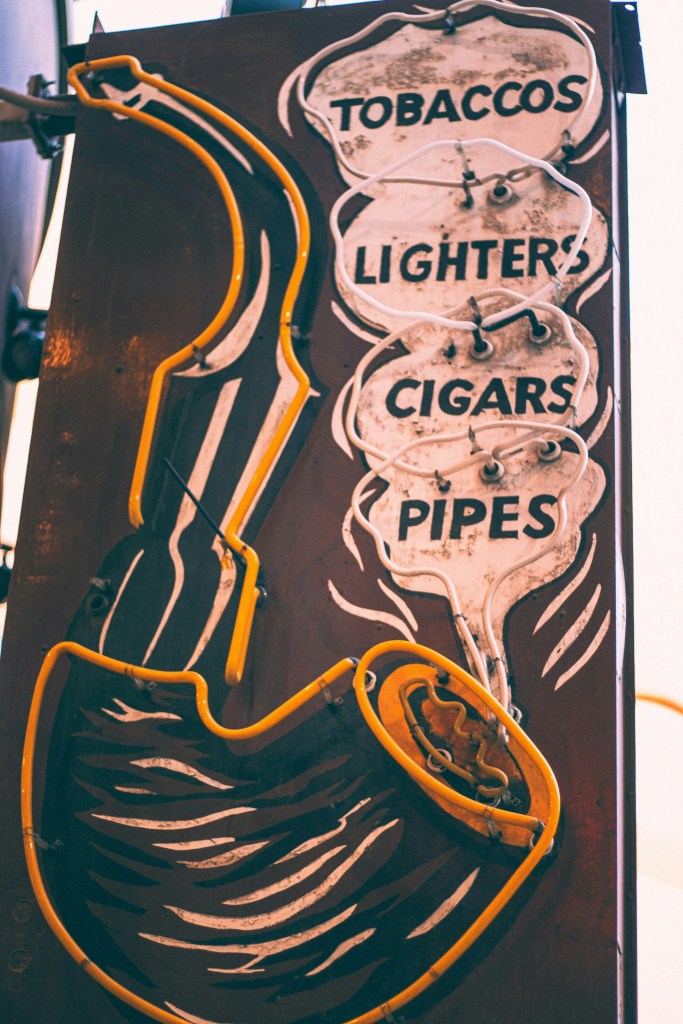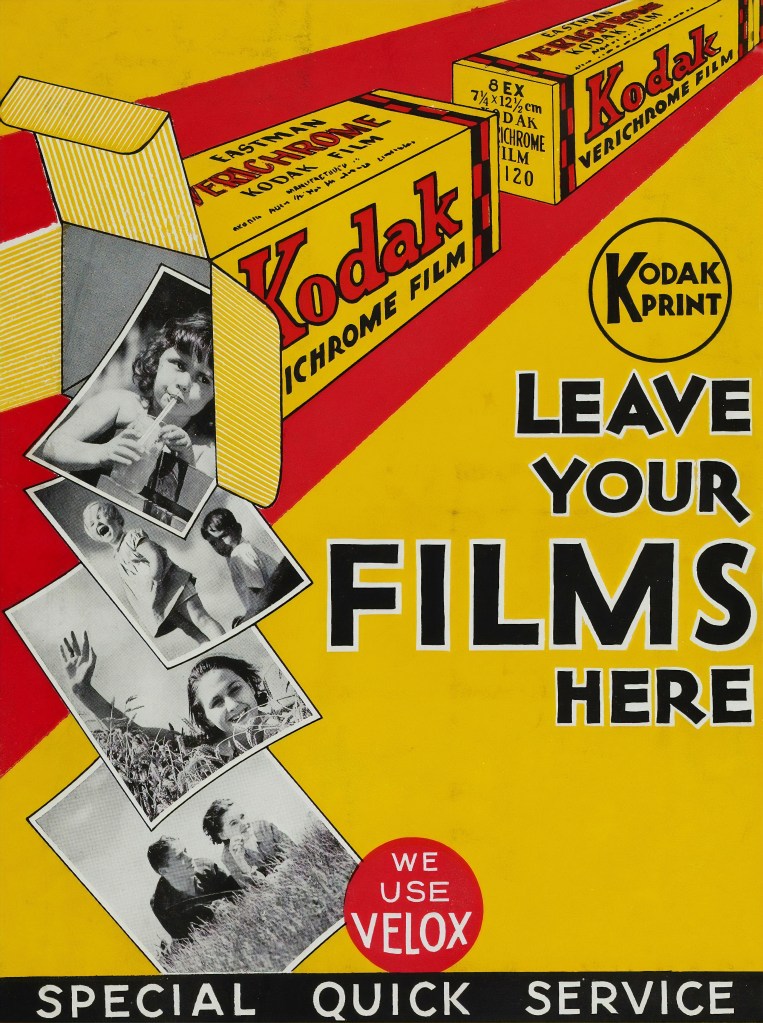Introduction to Antique Rugs and Carpets
Delve into the enchanting world of antique and vintage rugs and antique carpets, a realm where history weaves itself into the present. These artifacts, embodying the highest quality, serve as a testament to the rich tapestry of human culture and craftsmanship. Each rug, with its intricate patterns and vibrant hues, tells a unique story of its origin, reflecting the artistry and spirit of the people who created it. For those passionate about collecting rugs, finding the perfect antique rug becomes not just a pursuit but a journey into the heart of tradition and aesthetic excellence.
For collectors and enthusiasts alike, antique Persian rugs represent not just a decorative element but a connection to the past. These pieces, often sourced from the vibrant antique rug market, transcend their functional purpose to embody history and unparalleled beauty, enhancing any space they inhabit. Within the broader category of antique and vintage rugs, there’s a variety of styles available, ensuring that everyone can find a piece that fits their taste. It’s worth noting that vintage rugs are typically defined as being from 30 to 80 years old, although some collectors stretch this range to include pieces from 25 to 100 years old.
Anything over 100 years old, particularly those hailing from the 19th century, is considered an antique. This distinction highlights the rich history and craftsmanship that these antique rug designs carry, making them a sought-after addition to any collection.
Looking to add an authentic vintage carpet to your living space? We’re here to guide you through the process and help you choose the perfect rug for your home. Our comprehensive guide will provide you with all the information you need to make an informed decision. Let’s get started on finding the perfect vintage rug for your home!
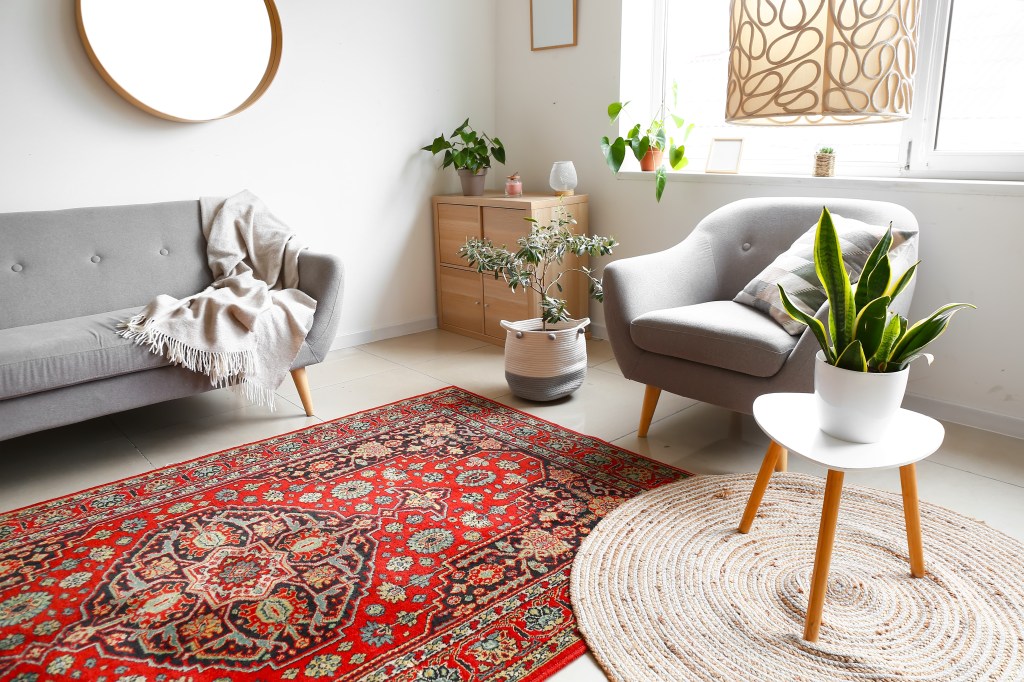
The Craftsmanship of Antique Rugs
Exploring the world of antique rugs is a fascinating journey into the history and culture of craftsmanship, weaving techniques, and the variety of materials used across different eras and regions. What distinguishes authentic antique rugs from contemporary ones is not just their age, but also the incredible artistry and meticulous attention to detail in every knot and weave.
Weaving techniques
Weaving techniques, particularly hand-knotted ones, are a testament to the skill and dedication of artisans. These craftsmen spend countless hours meticulously tying each knot by hand to create a piece that’s not just a rug but a work of art. It’s important to understand that the charm of handmade rugs lies in their imperfections. Since they are woven by hand on traditional wooden looms, it’s almost impossible to find a rug that’s perfectly uniform. This uniqueness is what sets hand-knotted rugs apart from their machine-made counterparts, making each piece a unique treasure with its own story.
Understanding the intricate weaving techniques and the quality of materials used is essential in appreciating the true value and beauty of antique rugs, making them timeless treasures in the world of textile art.
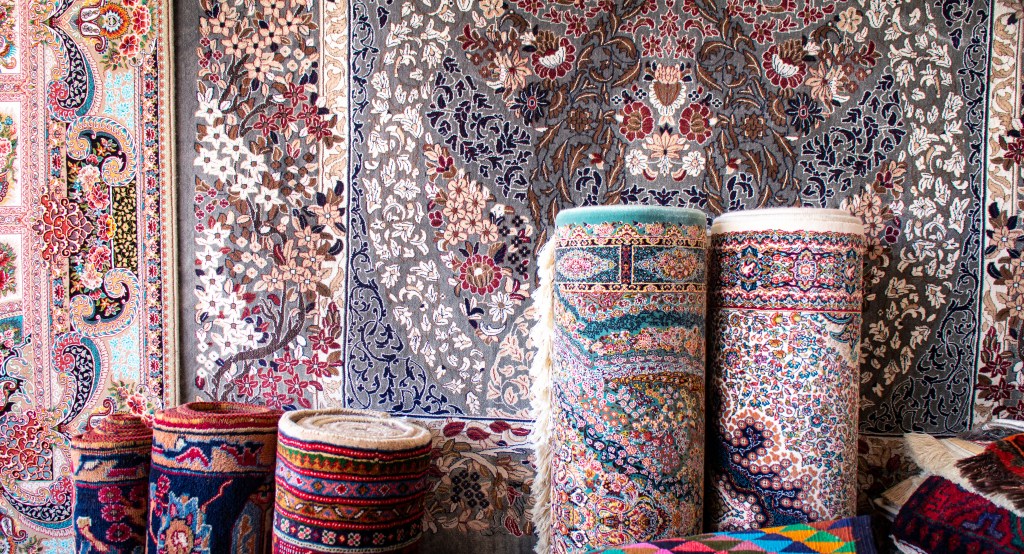
Identifying and Valuing Antique Rugs
Learn how to identify authentic antique rugs based on characteristics such as knot density, materials, and design motifs.
Rug identification
The term Oriental rug is used to describe a type of hand-knotted pile rug that originated from several regions, including North Africa, the Middle East, Central Asia, and Northern India. Oriental rugs are typically made of wool, silk, or a combination of both and are known for their intricate designs and luxurious feel. Antique oriental rugs come in a variety of styles, including floral, geometric, and pictorial, and can feature a range of colors.
Kilim is a type of flat-woven carpet or rug that originated in Turkey. It is typically made of wool, but can also be made of silk or cotton. Kilim rugs are known for their bold, colorful designs and can feature motifs such as diamonds, medallions, and geometric patterns. These Turkish rugs are often used as floor coverings or wall hangings.
Beni Ourain is a type of shag Moroccan rug that is made from high-grade wool. These Moroccan rugs are known for their soft, plush texture and neutral colors, which include shades of white, beige, and gray. Beni Ourain rugs typically feature simple geometric designs, such as diamonds, stripes, and triangles, and are often used as floor coverings or decorative wall hangings.
Boucherouite is a type of colored rug that is hand-loomed from clothing fabric scraps by women of the Moroccan Berber tribes. These tribal rugs are known for their bright, bold colors and can feature a range of designs, including geometric patterns and abstract motifs. Boucherouite rugs are often used as decorative wall hangings or floor coverings.
Tabriz refers to a type of Persian rug that comes from the city of Tabriz. These antique Persian rugs are known for their intricate designs, which can feature floral motifs, medallions, and geometric patterns. Tabriz rugs are typically made of cotton or silk and come in a wide range of colors.
Overdyed rugs are a type of vintage rug that has been dyed in contemporary colors to match present-day styles. These rugs retain the vintage charm of a rug while reviving and preserving the wool, weft, and design. Overdyed rugs can feature a range of designs, including floral, geometric, and abstract patterns, and are often used as floor coverings or decorative wall hangings.
Oushak is a type of geometric rug that typically features a central medallion or smaller scattered medallions, with a border design of a similar medallion or scroll/vine pattern. Oushak rugs originated in Turkey and are known for their soft, muted colors, which include shades of beige, ivory, and brown. These rugs are often used as floor coverings or decorative wall hangings.
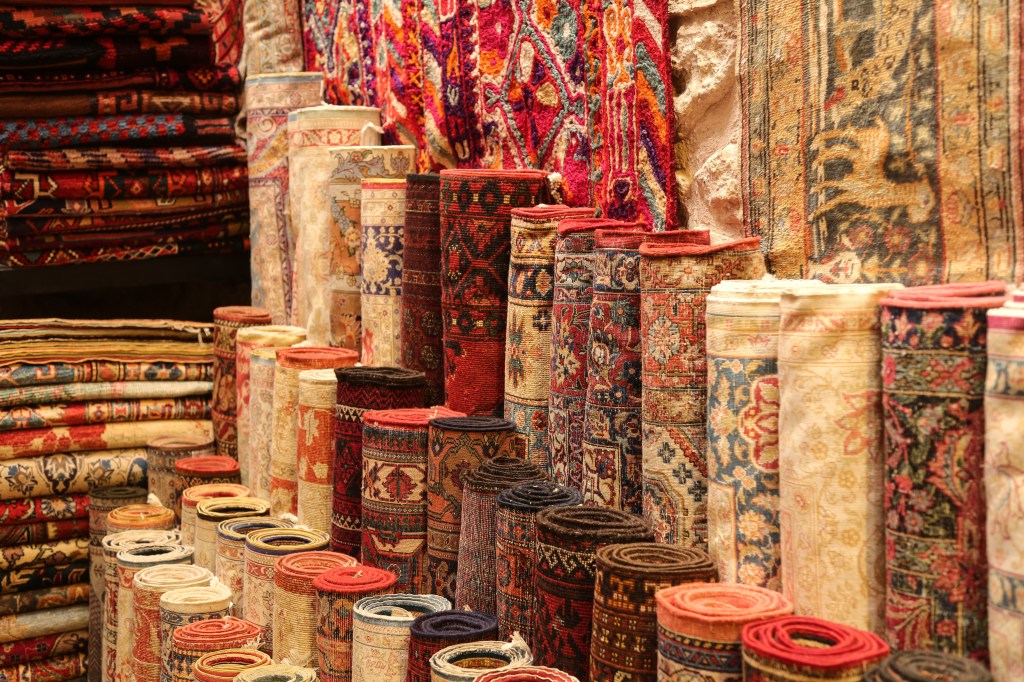
Caring for Your Antique Rugs
Best practices for maintaining and preserving the quality and value of antique rugs.
Maintaining and preserving the quality and value of antique rugs and antique carpets involves a blend of careful handling, regular maintenance, and preventive measures. To ensure these timeless pieces remain in pristine condition, it’s crucial to implement routine vacuuming with a gentle brush attachment, avoiding high suction settings that could damage the fibers. Equally important is the avoidance of direct sunlight, which can fade the vibrant colors of the rug over time. In case of spills, immediate blotting—not rubbing—is recommended to prevent stains from setting in.
For deep cleaning, it’s advisable to seek professional cleaning services that specialize in antique rugs, as they possess the knowledge and tools to clean and repair these treasures without compromising their integrity. Additionally, rotating the rug periodically can prevent uneven wear and tear, preserving its appearance and value. By adhering to these practices, enthusiasts, and collectors can ensure their antique rugs remain beautiful and valuable for generations to come.
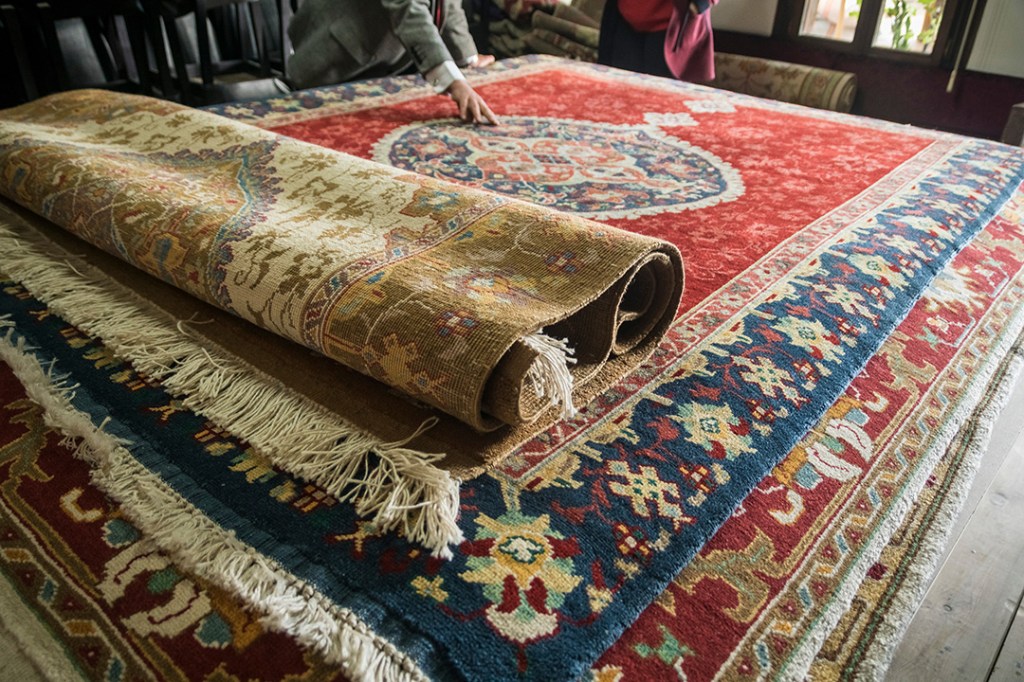
Insuring Your Antique Rug Collection
Insuring antique rugs and antique carpets is crucial for protecting these valuable collectibles from unforeseen damages or losses. These unique items not only hold immense historical value but are also irreplaceable pieces of art, making them highly prized assets. To find the right coverage, it’s essential to work with insurance providers who specialize in collector’s insurance and understand the intricacies of asset protection for antiques.
Such providers will offer policies that cover the actual value of the rugs, taking into account their age, provenance, and condition. It’s also advisable to have the rugs professionally appraised to ensure the insurance coverage accurately reflects their worth. By securing the right insurance, collectors can safeguard their investments and ensure their treasured pieces are protected for years to come.
FAQ Section
What defines an antique rug?
Antique rugs are typically defined as being at least 100 years old, characterized by traditional crafting techniques and natural materials.
How can I tell if my rug is handmade or machine-made?
Handmade rugs usually have irregularities in their knotting, variations in color, and natural materials, whereas machine-made rugs are more uniform and often use synthetic materials.
What factors affect the value of an antique rug?
Key factors include the rug’s age, condition, rarity, design complexity, and the quality of materials and craftsmanship.
Sources
https://biev.com/blogs/news/vintage-rugs-101
https://stylebyemilyhenderson.com/blog/the-ultimate-vintage-rug-resources
https://www.catalinarug.com/blog/how-to-spot-out-authentic-persian-rugs/
https://www.claremontrug.com/antique-rugs-information/collecting/building-a-collection-of-antique-art-rugs/
https://www.barnebys.com/blog/the-art-of-collecting-persian-rugs-and-carpets
